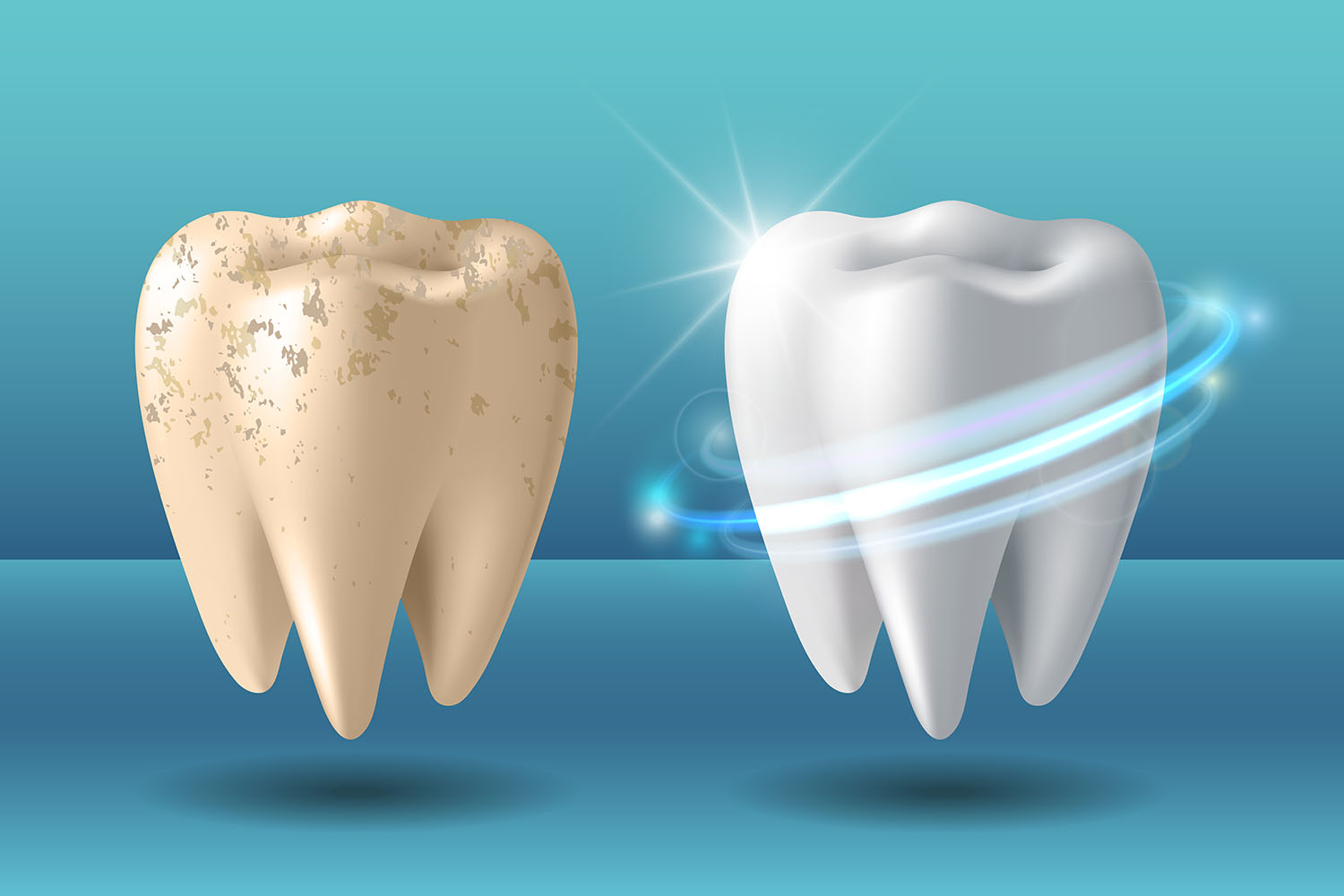Overview
When it comes to the topic of dental health, understanding the intricacies of a “teeth or tooth” is fundamental. Teeth, a crucial component of the human anatomy, play an essential role in our ability to eat, speak, and maintain overall oral health. This blog explores the structure, function, and care of teeth or tooth, supported by facts and international research.
The Structure of Teeth
A tooth is composed of multiple layers, each with its specific function and characteristics:
- Enamel: The hard, outer surface of a tooth, enamel is the most robust substance in the human body. It protects the inner layers from decay and damage.
- Dentin: Located beneath the enamel, dentin is a yellowish tissue that forms the bulk of the tooth. It is less hard than enamel but more resilient than bone.
- Pulp: The innermost part of the tooth, the pulp contains nerves, blood vessels, and connective tissue. It nourishes the tooth and provides sensory function.
- Cementum: This is a calcified layer covering the root of the tooth, helping anchor it securely within the jawbone.
Types of Teeth
Humans have different types of teeth, each serving a unique purpose:
- Incisors: These are the front teeth used for cutting food.
- Canines: Pointed and located next to the incisors, canines are used for tearing food.
- Premolars: These teeth are used for crushing and tearing food.
- Molars: Located at the back of the mouth, molars are used for grinding food.
Functions of Teeth
Teeth or tooth are integral to various functions:
- Mastication: Chewing food is the primary function of teeth, allowing for the digestion process to begin.
- Speech: Teeth play a vital role in articulating sounds, aiding in clear speech.
- Aesthetics: Healthy teeth contribute significantly to one’s appearance and confidence.
Dental Health: Global Perspectives
International research emphasizes the importance of maintaining good dental hygiene to prevent common dental issues such as cavities, gum disease, and tooth loss. The World Health Organization (WHO) states that oral diseases affect nearly 3.5 billion people worldwide, highlighting the need for effective dental care practices.
Key Recommendations for Dental Health
- Brushing and Flossing: Regular brushing and flossing are critical in removing plaque and preventing tooth decay and gum disease.
- Diet: A balanced diet low in sugar can help maintain healthy teeth or tooth. Consuming dairy products, leafy greens, and fibrous vegetables can strengthen teeth.
- Regular Dental Check-ups: Visiting a dentist regularly ensures that any potential issues are identified and treated early.
Innovations in Dental Care
Advancements in dental technology have revolutionized the way dental care is administered. Innovations such as laser dentistry, digital X-rays, and 3D printing for dental restorations have improved the accuracy and efficiency of treatments.
Global Research and Trends
Research from institutions like the American Dental Association (ADA) and the International Association for Dental Research (IADR) continually contribute to our understanding of dental health. These organizations emphasize the importance of preventative care and the development of new treatments to combat oral diseases.
Understanding the structure, function, and care of teeth or tooth is essential for maintaining overall health. By adhering to good dental hygiene practices and staying informed about the latest advancements in dental care, individuals can ensure their teeth remain healthy and functional throughout their lives. International research continues to shed light on the importance of dental health, underscoring the need for comprehensive care and innovation in this vital field.



